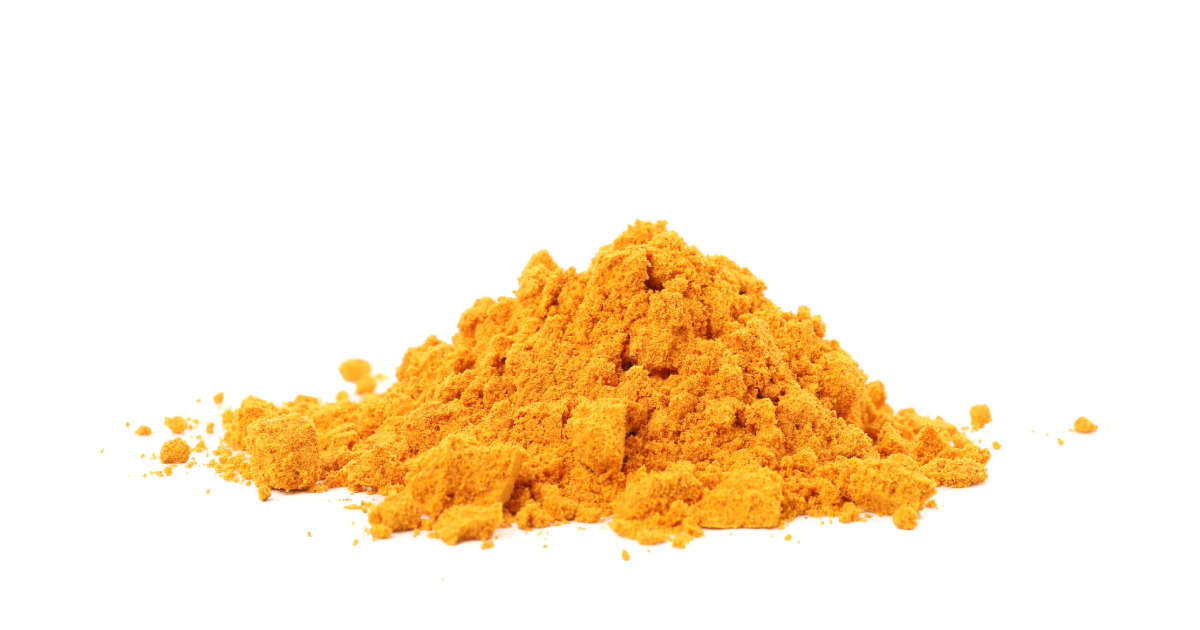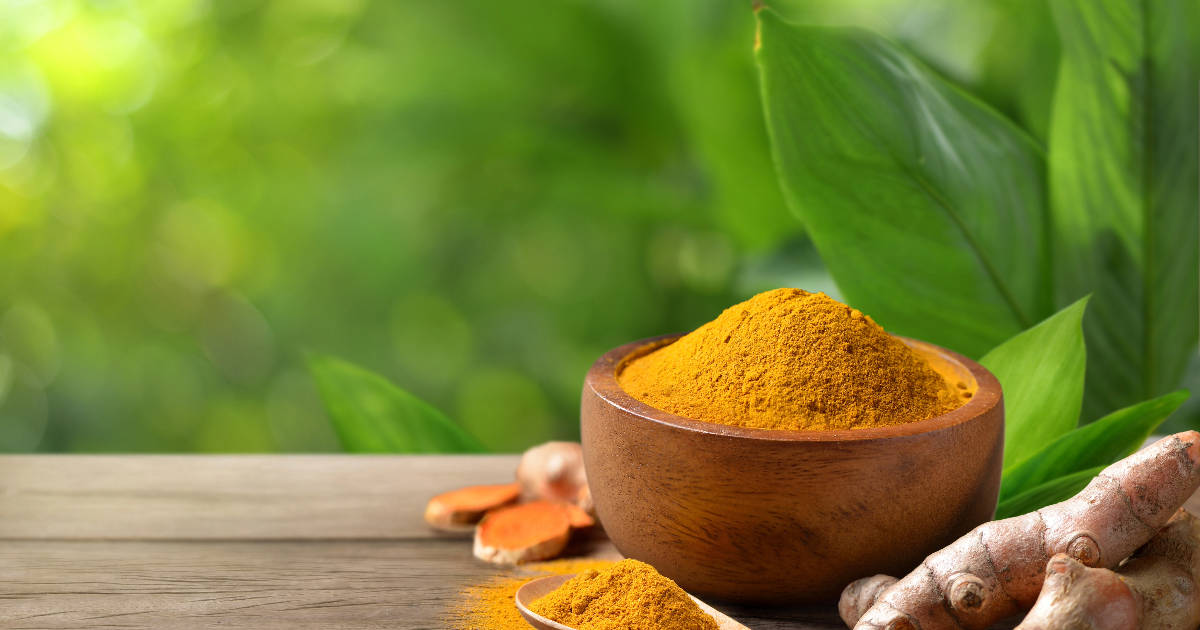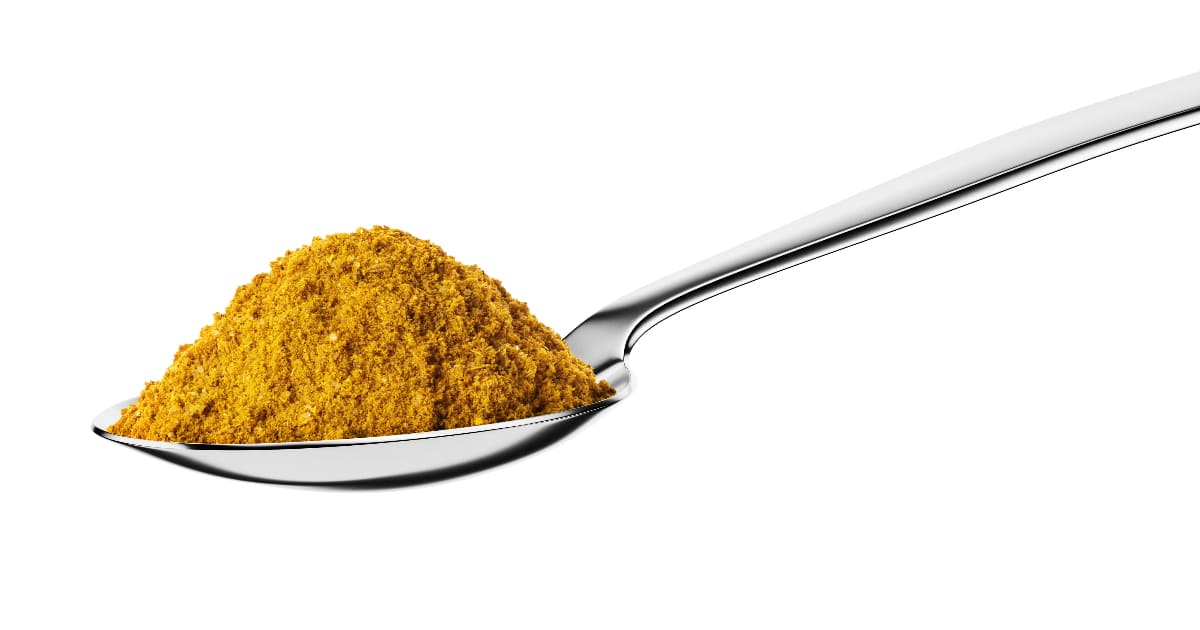Turmeric and curry powder - two bright yellow spices often used in curries and other dishes. But what exactly is the difference between turmeric and curry powder? At first glance, they look nearly identical. However, turmeric and curry powder are quite distinct in terms of flavor, composition, origins, and uses.

Turmeric is a spice that comes from the root of the turmeric plant. It has a bitter, slightly peppery flavor and gives foods a vibrant golden-yellow color.
Curry powder, on the other hand, refers to a blend of various spices that are popular in South Asian cuisine. The exact spices included depend on the brand, but common ingredients are turmeric, coriander, cumin, fenugreek, mustard seed, chili peppers, and ginger.
While turmeric is a single spice, curry powder contains a mix of different spices, so their flavors and applications differ significantly.
Keep reading to learn more about the differences between turmeric and curry powder and when to use each one.
Where Do Turmeric and Curry Powder Come From?
Origins of Turmeric

Turmeric is native to Southeast Asia and has been used for thousands of years in India and surrounding regions. It comes from the root of the turmeric plant, known scientifically as Curcuma longa. The root is boiled, dried, and ground into the vivid yellow powder we know as turmeric.
Fresh young turmeric rhizomes somewhat resemble ginger root. Mature rhizomes are rough, gnarled, and bitter. Turmeric has been used since ancient times as a culinary spice, coloring agent, and medicinal herb in places like India, China, and Indonesia.
Origins of Curry Powder

Unlike turmeric, curry powder is a spice blend that was created by the British to mimic the complex flavors of Indian cuisine. Curry powder originated during the 18th-century British colonial era when Anglo-Indians and Europeans wanted to recreate Indian curry dishes using ingredients more readily available in Europe.
There is no standard recipe for curry powder - different brands contain their own unique mixes of spices tailored to specific cuisines and dishes. However, many curry powder blends do contain turmeric along with other spices like coriander, fenugreek, cumin, mustard seed, chili peppers, cinnamon, cloves, cardamom, and ginger.
So while turmeric can be traced back to ancient India and Southeast Asia, curry powder is a more modern Western invention designed to replicate traditional Indian spice blends.
Flavor Differences Between Turmeric and Curry Powder
One of the biggest differences between turmeric and curry powder is their flavor profiles:
Turmeric Flavor
Turmeric has a mild flavor that is slightly bitter, earthy, and peppery. It provides a subtly spicy, citrus-like aroma with hints of ginger. Since turmeric is a single spice derived from the root of the turmeric plant, it has a relatively mild, singular flavor.
Curry Powder Flavor
The flavor of curry powder is much more complex and dynamic compared to the milder turmeric. Curry powder contains a blend of up to 20 different spices, resulting in a multifaceted flavor profile.
Common tasting notes for curry powder include warm, spicy, earthy, sweet and savory. The exact blend of spices included impacts the flavor - some curry powders are quite hot from chili peppers while others have robust warming spices like cinnamon and clove. Overall, curry powders provide a mélange of aromas and flavors from the various constituent spices.
Color Differences Between Turmeric and Curry Powder
Both turmeric and curry powder derive their vibrant golden yellow hue from the turmeric spice. Turmeric contains a compound called curcumin that gives it that distinctive color. Since curry powder contains turmeric, it typically has a similar bright yellow color.
However, some curry powder blends may have slightly different colors depending on the additional spices used, such as:
- Reddish hues from chili peppers, paprika, or cayenne
- Darker golden color from cumin or fenugreek
- Light brown tones from ginger, cinnamon, or cloves
So while turmeric and your average curry powder may look similar in color, some curry blends can have slightly different shades depending on the mix of spices included.
Nutritional Value
Turmeric and curry powder both provide nutritional value since they are derived from plants and spices containing beneficial compounds.
Here are some of the key nutrients:
Turmeric Nutrition
Turmeric contains compounds called curcuminoids that have antioxidant and anti-inflammatory properties. The most active curcuminoid in turmeric is curcumin. Turmeric also provides some magnesium, iron, vitamin B6, fiber and potassium.
Overall, turmeric can help neutralize free radicals, reduce inflammation, support immune function and benefit cardiovascular health. The curcumin in turmeric is thought to be the primary active compound responsible for its medicinal effects.
Curry Powder Nutrition
Since curry powder contains a blend of many different spices, it provides a wider array of nutrients compared to turmeric alone. Different curry powder ingredients like cumin, coriander, cinnamon, cloves, and chili peppers contain various vitamins, minerals, and beneficial plant compounds.
Some of the nutrients found in curry powder include vitamin A, vitamin C, vitamin E, vitamin K, calcium, phosphorous, magnesium, iron, potassium, manganese, copper, and zinc. Curry powders made with chili peppers also contain capsaicin which has anti-inflammatory properties.
So while both turmeric and curry powder have nutritional value, curry powder can provide more well-rounded nutrition since it contains multiple different spices and ingredients.
Typical Uses in Cooking
Turmeric and curry powder are used quite differently in recipes because of their distinct flavors and applications.
Cooking With Turmeric
Turmeric works well added to all kinds of savory dishes, including curries, lentils, rice, soups, marinades, roasted vegetables, scrambled eggs, and condiments like mustard. It also adds color and earthy flavor to baked goods like cakes, bread, and biscuits.
Turmeric pairs well with other spices like garlic, ginger, cumin, and coriander. It is commonly used in Indian, Middle Eastern, and Southeast Asian cuisines. Turmeric can be added while cooking or as a finishing spice sprinkled on top of prepared dishes.
Cooking With Curry Powder
Curry powder is ideal for making curries, stews, and soups where you want deep, multilayered spices. It is frequently used in curry-based dishes, coconut milk sauces, and marinades for meat, fish, and vegetarian proteins. Curry powder also works well as a rub on roasted or grilled foods.
Since it already contains a balanced blend of spices, curry powder is commonly added as a singular seasoning instead of combined with other individual spices. It provides convenience, depth of flavor, and authentic curry taste with just one ingredient.
So turmeric is more of a background player used alongside other spices, while curry powder can stand alone as the star seasoning in a dish.
Comparison Table
| COMPARISON TABLE | Turmeric | Curry Powder |
|---|---|---|
| What is it? | A single spice made from the dried root of the turmeric plant | A blend of multiple dried spices |
| Origin | Southeast Asia, especially India | Cool, dry place in an airtight container |
| Color | Bright golden yellow | Typically yellow, can vary slightly |
| Flavor | Bitter, earthy, subtly spicy | A complex blend of spices can be hot or sweet |
| Main flavors | Slightly peppery, citrus-like, ginger notes | Depends on blend, often warm, spicy, savory |
| Nutrition | Curcuminoid compounds, magnesium, iron, vitamin B6 | A wide array of all spice ingredients |
| Uses | Background flavor in curries, soups, stews, rubs | Standalone seasoning for curries, marinades, rubs |
| Works well with | Garlic, ginger, cumin, coriander | Coconut milk, meat, fish, veggies |
| Shelf life | 3-4 years | 3-4 years |
| Storage | Cool, dry place in an airtight container | Cool, dry place in airtight container |
FAQs
Can I substitute curry powder for turmeric?
You can use curry powder in place of turmeric, but the flavor will be much stronger and more complex. Reduce the amount of curry powder used to account for all the additional spices it contains.
Can I substitute turmeric for curry powder?
Turmeric cannot properly replace curry powder in recipes. Since turmeric is just one spice, it won't replicate the flavor complexity of a curry powder blend.
Is turmeric just ground-up curry powder?
No, turmeric is a distinct spice made from the dried root of the turmeric plant. It is not the same as curry powder, which is a mix of many different ground spices that usually include turmeric.
Why is turmeric sometimes called Indian saffron?
Turmeric is occasionally referred to as "Indian saffron" because it can be used as an inexpensive replacement for pricier saffron to add yellow color and subtle flavor to dishes.
Does curry powder go bad?
Like most dried spices, curry powder has a shelf life of around 3-4 years when stored properly in an airtight container away from light and moisture. Over time, the flavors can fade and the blend can lose potency.
Should curry powder be refrigerated?
It is not necessary to refrigerate curry powder. Simply store it in an airtight container in a cool, dry place away from direct sunlight and moisture. The fridge can actually introduce excess moisture that makes spices spoil faster.
Conclusion
While turmeric and curry powder may appear quite similar at first glance, they are distinctly different spices.
Turmeric is the dried, ground root of the turmeric plant and provides a bitter, earthy flavor and vivid yellow color.
Curry powder refers to a blend of various spices like turmeric, coriander, cumin, and chili peppers that are popular in Indian cuisine.
From their origins and flavor profiles to their typical uses in cooking, turmeric and curry powder vary significantly.

